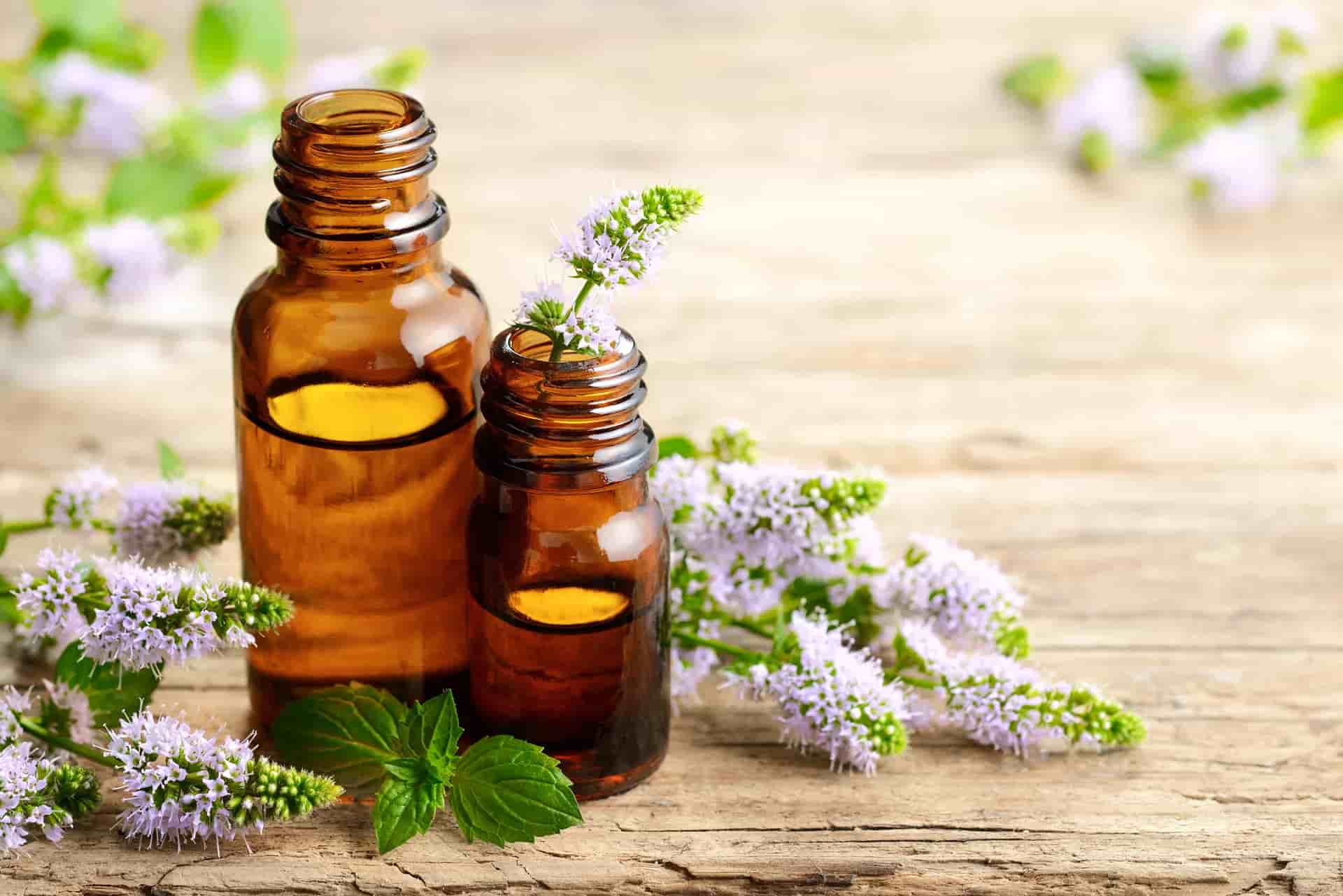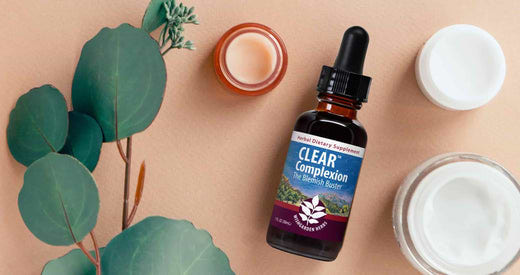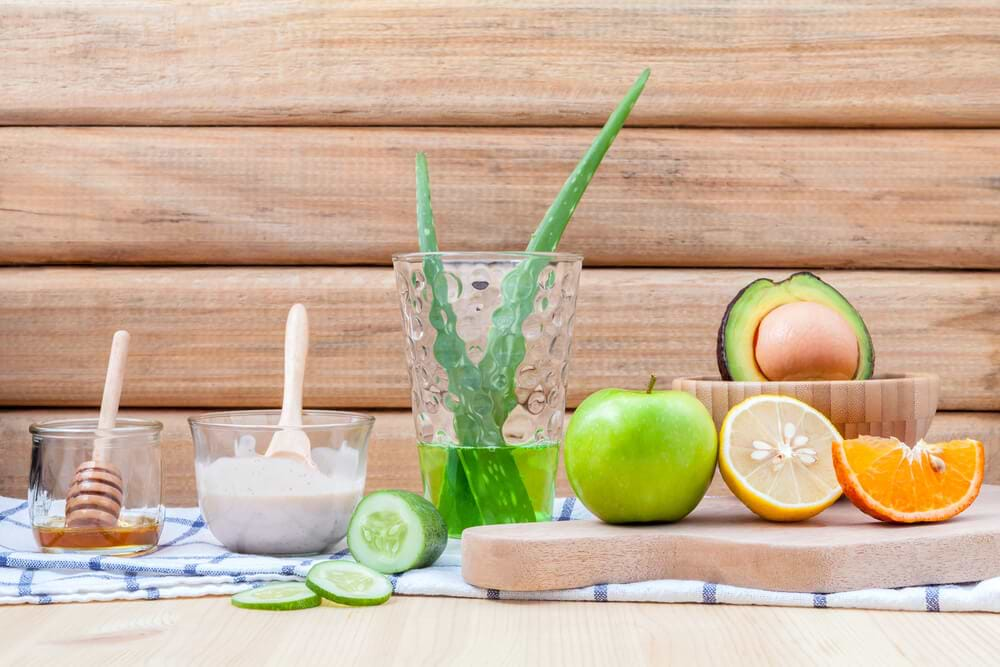If you're obsessed with oils and balms — and frankly, if you're not, you need to get on that — your skin may still be showing the telltale signs of a missing element in your daily beauty regimen. Face it, even with all those gorgeous oil-based products, your skin could be dry, flaky, congested, lackluster, or needing that je ne sais quoi.
That's what started happening to me. Here's what a bit of digging and research discovered. My skin care protocol was not addressing T.E.W.L. or trans-epidermal water loss — the measure of skin's water barrier function. The body is 50-60% water, and we cannot survive without it. As the largest organ, skin will show the signs of dehydration quickly, which can accelerate signs of aging.
Symptoms of Dehydration in Skin
According to the skincare experts at One Love Organics: "Dehydration exacerbates the appearance of fine lines and wrinkles and can cause breakouts, irritation, and dry patches. Even oily skin can become dehydrated, feeling both oily and dry at the same time. To make matters worse, the condition is heightened by stress, air-conditioned or heated environments, air travel, exercise, caffeine and alcohol consumption, and, simply, living in an urban environment." Hydration levels in skin only get plumped up with formulas containing a form of water. In my over-zealous avoidance of aqua, my skin felt parched and started crying for water like a lost wanderer in the desert.
The key to preventing water from escaping skin is to increase water in the skin by drinking enough throughout the day, offering humectants topically, as well as creating a moisture barrier on the skin by using nourishing ingredients that include omega fatty acids and botanical extracts which prevent water from escaping. Many natural brands don't use water or hydrosols in their blends because it's challenging to preserve aqueous ingredients and extend their shelf life without growing bacteria and mold.
However, anhydrous products often sit on the skin's surface and don't penetrate as readily as those that contain water. Generally speaking, their main function is to provide an occlusive layer to prevent moisture loss and protect skin from environmental elements. It seems like brands are starting to recognize the need to resolve T.E.W.L. because a few spritzes of toning mist don't cut it. An emergence of water-based serums that are weightless and oil free are on the rise. These droplets quench skin's thirst while addressing hydration at deeper levels.
Sure, it's another skincare step, but in my opinion — and when judged by the turnaround in my own skin — it's vital. If you've ever worn a slip, you know that it's the invisible sheath under clothing that keeps outer layers from clinging and getting crinkly. It's the perfect visual for this essential skin care layer because that's exactly what it does — it perks up the skin and plumps any dehydration without leaving a heavy feeling.
In fact, other than my happy skin, I wouldn't even know I had it on. These fluids are designed to be used in conjunction with oils, balms, and creams, prior to applying them, or even on their own during warmer weather seasons when your skin may demand lighter treatment products. Water based ingredients to look for that prevent T.E.W.L. include teas, aloe vera juice, coconut water, hyaluronic acid, B vitamins, glycerin, alpha hydroxy acids, beta hydroxy acids, peptides, ascorbic acid (vitamin C), and hydrosols (floral waters), according to esthetician and formulator Sheryl Gibbs, the founder of Sevani Botanica. These ingredients offer plant-based nutrients and antioxidants when incorporated into a finished product. Many of them are not oil soluble, therefore you will not find them in a salve, lip balm, beauty balm, hence the need for creams. Particularly as we muddle through the last of winter, skin faces an onslaught of frigid air, indoor heating systems, and UV rays. What the environmental barrage urges us to do is hydrate, hydrate, hydrate. It's the simplest beauty protocol to follow.
Sarita Coren is a mom of five, licensed social worker, and researcher in holistic wellness. She blogs at The Hub of Clean Living, offers consultations in social media as well as green living, and can be found on Instagram, Twitter, and Facebook.
For educational purposes only. This information has not been evaluated by the Food and Drug Administration. This information is not intended to diagnose, treat, cure, or prevent any disease, or to sell any product.
Recommended Products
Further Reading










